Tucked away in the Norfolk countryside, a few miles west of Fakenham, lies RAF Sculthorpe, a name once synonymous with Cold War readiness and Anglo-American cooperation. For decades, this vast airfield played a pivotal role in Britain’s air defence strategy and in the projection of NATO power. At its height, RAF Sculthorpe was the largest and most technically advanced United States Air Force base in Europe, bristling with aircraft and personnel. Today, it is quieter, much of its infrastructure given over to other uses, but the site remains a striking reminder of the era when Britain was on the front line of a potential superpower conflict.
Origins and Early Development
RAF Sculthorpe began life during the Second World War, when the need for new bomber bases in East Anglia drove the rapid construction of airfields across Norfolk, Suffolk, and Cambridgeshire. Work on Sculthorpe commenced in 1942, with the base designed to accommodate heavy bomber operations. It featured the typical triangular runway layout of wartime bomber stations, allowing for flexible operations in varying wind conditions. The site’s location, away from major cities but within easy reach of the North Sea, made it ideal for both offensive missions and training.
The base opened in 1943 under RAF control and was initially used by units flying aircraft such as the Mosquito and the B-26 Marauder. Its early wartime role was relatively modest compared to later decades, but Sculthorpe was already proving its value as a strategic airfield capable of handling large aircraft and high sortie rates.
Post-War Transition and American Arrival
The end of the Second World War did not bring an end to Sculthorpe’s strategic importance. As tensions between the Western Allies and the Soviet Union deepened in the late 1940s, Britain found itself a key part of the emerging NATO alliance. The United States sought forward bases in Europe from which to operate long-range bombers capable of delivering nuclear weapons. East Anglia, with its open landscapes and proximity to the Soviet bloc, was an obvious choice.
In 1948, RAF Sculthorpe was substantially upgraded to accommodate the new American mission. The runways were lengthened and strengthened to handle the heavier, jet-powered aircraft then entering service. Vast hardstandings, maintenance hangars, fuel storage facilities, and accommodation blocks were built, transforming Sculthorpe from a wartime airfield into a major Cold War installation. It was officially handed over to the United States Air Force in 1949, becoming home to the USAF’s 47th Bombardment Wing.
The Cold War Years
During the 1950s and early 1960s, RAF Sculthorpe was at the heart of America’s strategic bomber force in Europe. Initially, the base hosted the B-45 Tornado, the first operational jet bomber in USAF service. Later, it became associated with the B-66 Destroyer, an aircraft that could perform both bombing and reconnaissance roles. These aircraft were capable of carrying nuclear weapons, a fact that underscored the gravity of Sculthorpe’s mission.
Life on the base reflected the seriousness of the task at hand. At the height of the Cold War, several thousand USAF personnel were stationed at Sculthorpe, alongside British support staff. The base was maintained on a constant state of readiness, with aircraft kept on alert, crews trained for rapid deployment, and security tight. Exercises were frequent, designed to simulate the demands of nuclear strike missions or rapid redeployment in the event of a crisis.
Sculthorpe’s size was remarkable: it covered over 1,000 acres, with a main runway stretching nearly 3,000 metres. It also boasted extensive dispersal areas, where aircraft could be parked apart from one another to reduce vulnerability to a single attack. The base had its own schools, shops, cinema, and recreational facilities, making it almost a self-contained American town within rural Norfolk.
Role Within NATO Strategy
RAF Sculthorpe’s importance was not purely in the aircraft it hosted, but in the strategic doctrine it embodied. NATO’s Cold War strategy relied heavily on deterrence through the threat of overwhelming retaliation. Sculthorpe’s bombers, stationed so close to potential Soviet targets, were a key part of that deterrent. They could be launched quickly in a crisis, potentially striking deep into Eastern Europe.
The base also played a role in the Tactical Air Command mission, supporting US and allied forces in Europe with both nuclear and conventional capabilities. Training flights often criss-crossed Britain and the North Sea, and Sculthorpe crews participated in joint exercises with the RAF and other NATO air forces.
Shifting Priorities and Drawdown
By the mid-1960s, advances in intercontinental ballistic missiles (ICBMs) and the deployment of more modern aircraft meant that forward-based medium bombers were no longer as central to NATO’s nuclear strategy. The USAF began to reduce its presence at Sculthorpe, and in 1962 the 47th Bombardment Wing was inactivated. The base was not closed, however. Instead, it transitioned to a support role, hosting rotational deployments of fighter and reconnaissance units, as well as serving as a training location for various air exercises.
Through the 1970s and 1980s, Sculthorpe remained active, albeit at a lower operational tempo. USAF aircraft such as the F-111 often used the base during exercises, and it was also employed for electronic warfare training. Its expansive open spaces made it a valuable asset for operations requiring room for manoeuvre and dispersal.
The End of the Cold War and Base Closure
The collapse of the Soviet Union in the early 1990s led to a dramatic reduction in the need for large overseas airbases. RAF Sculthorpe was among the installations affected by the ensuing defence cuts. The USAF finally withdrew in 1992, ending over four decades of continuous American presence in Norfolk.
After the Americans left, the site reverted to the Ministry of Defence. Parts of the base were mothballed, while other sections were used for training by British forces. The main runways were closed to flying operations, but the extensive hardstandings and buildings found occasional use for exercises, storage, and even humanitarian purposes.
RAF Sculthorpe Today
In the decades since its closure as an operational airfield, RAF Sculthorpe has remained in MOD hands, primarily as a training facility. Its vast open areas and remaining infrastructure make it useful for military exercises, including vehicle manoeuvres and mock urban warfare scenarios. Some of the housing once used by USAF personnel has been sold off for civilian use, creating a small community amid the remnants of the base’s Cold War architecture.
Much of the site is now quiet, the control tower standing watch over runways that no longer echo with the roar of jet engines. Yet traces of its former life are everywhere: hardened aircraft shelters, sprawling taxiways, and the unmistakable American-style base layout that still defines the landscape.
Legacy
RAF Sculthorpe’s legacy is tied to the broader history of Anglo-American military cooperation. For the local community, the American presence brought both economic benefits and cultural influence, with friendships, marriages, and shared traditions leaving a lasting mark. For historians and Cold War enthusiasts, the base represents a period when Norfolk’s skies were part of the front line in a global ideological struggle.
It also stands as a reminder of the scale of the Cold War military effort. At its peak, Sculthorpe embodied the doctrine of constant readiness, its aircraft and crews poised to respond to the unthinkable. Today, though the threat has changed, the lessons of that era—about preparedness, deterrence, and alliance—remain relevant.
RAF Sculthorpe may no longer send bombers into the skies over Europe, but its story endures in the memories of those who served there and in the concrete and tarmac that still stretch across the Norfolk fields. The base remains a monument to a time when the quiet rural landscape was a key piece of a vast strategic puzzle, and when the outcome of the Cold War could have depended on places like Sculthorpe being ready at a moment’s notice.

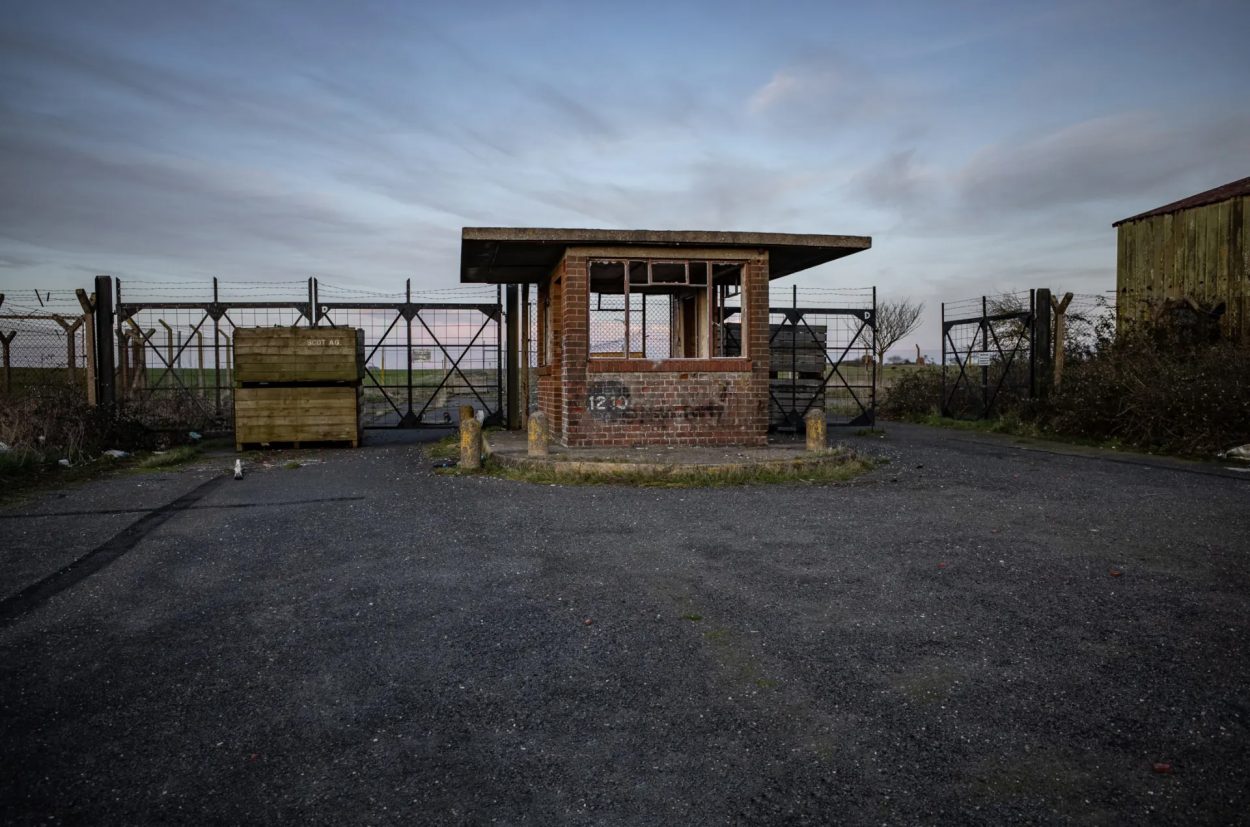
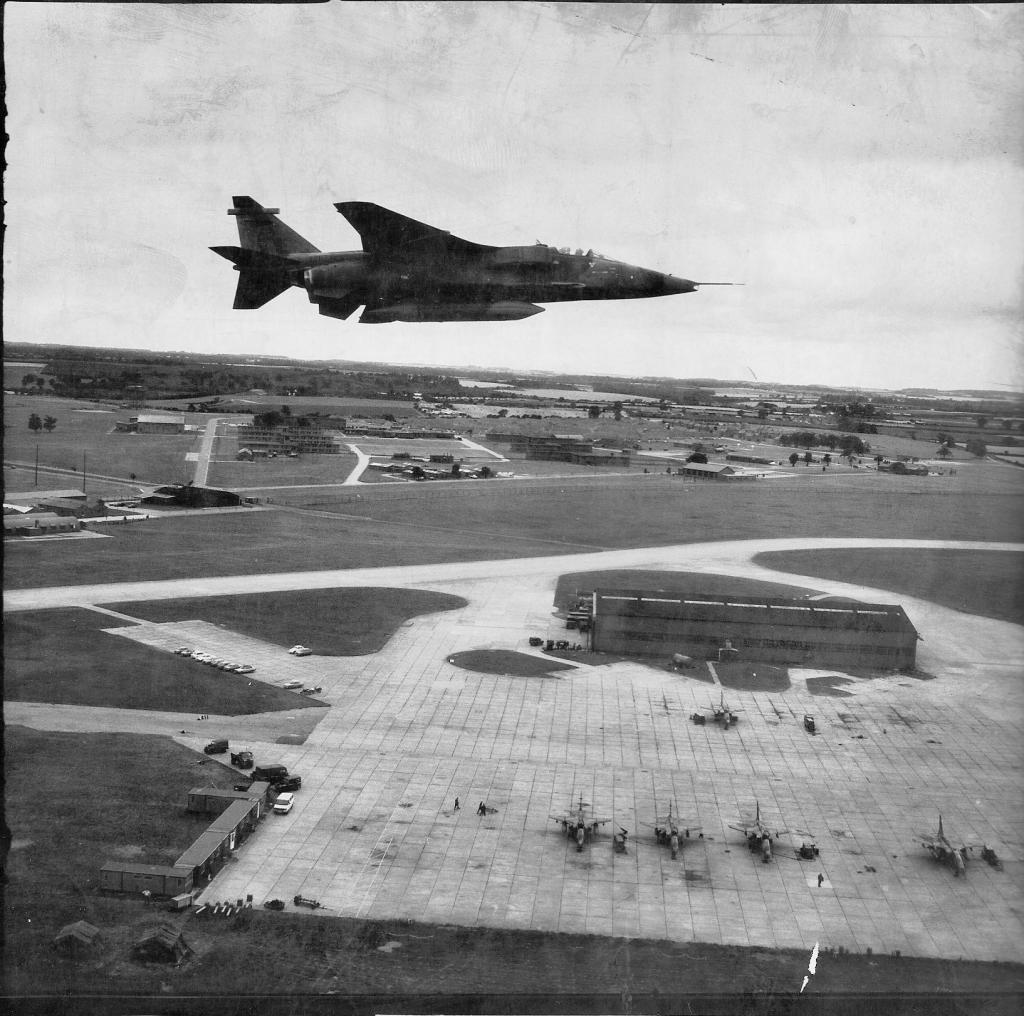
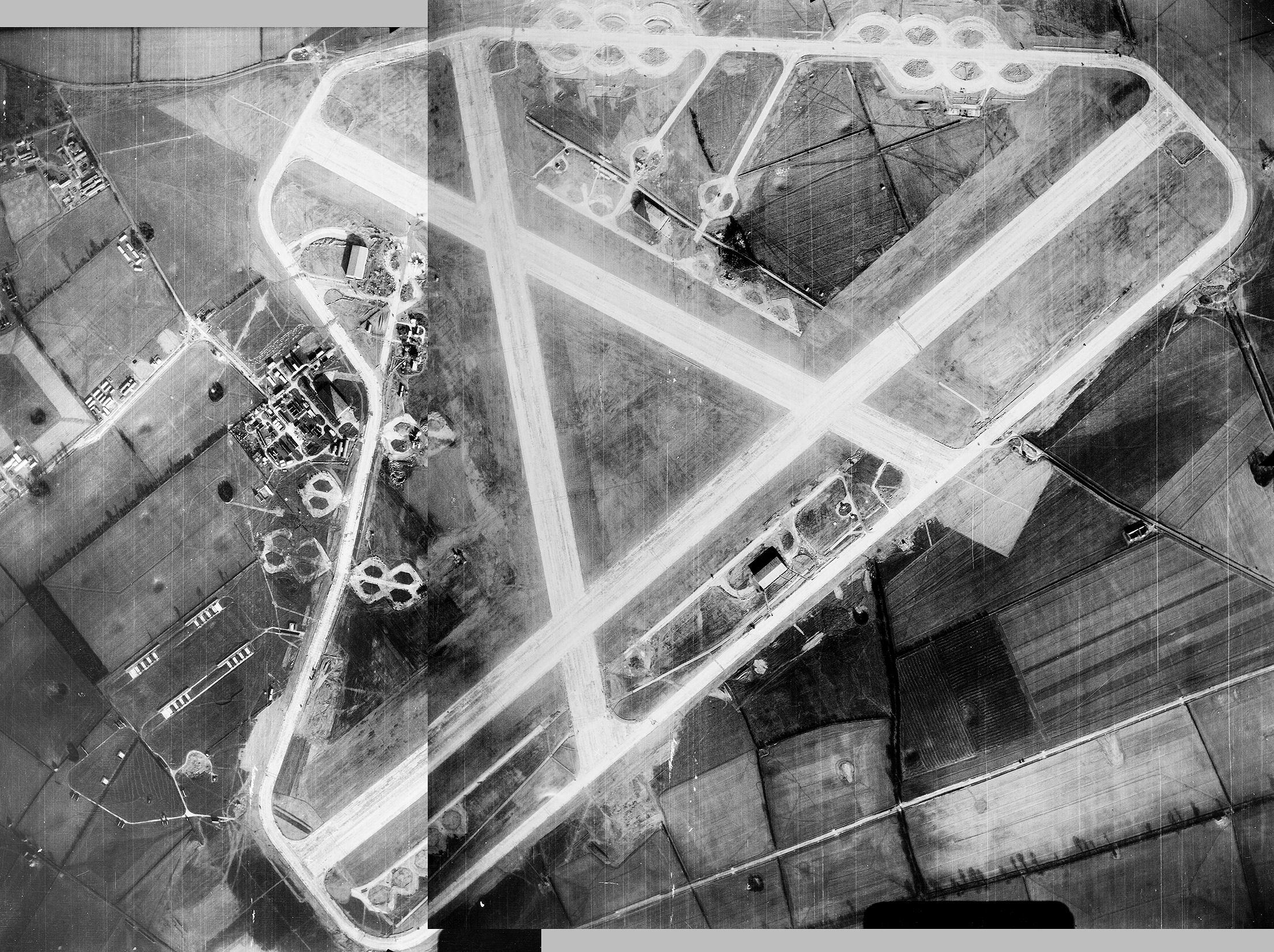
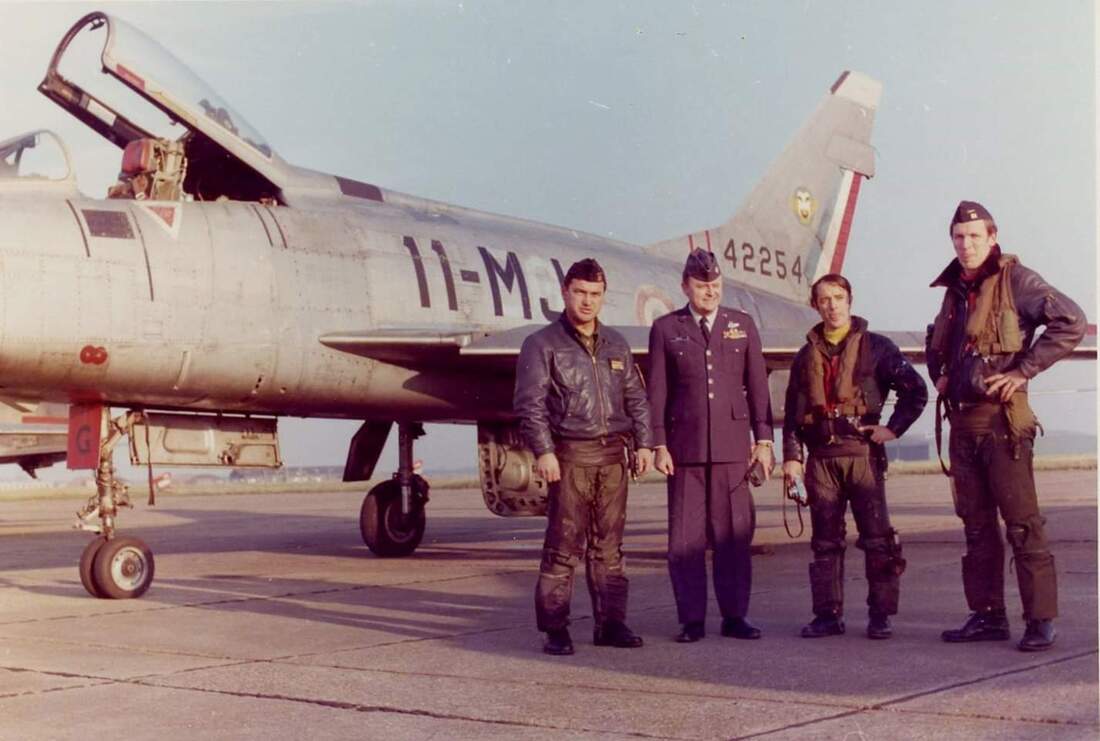
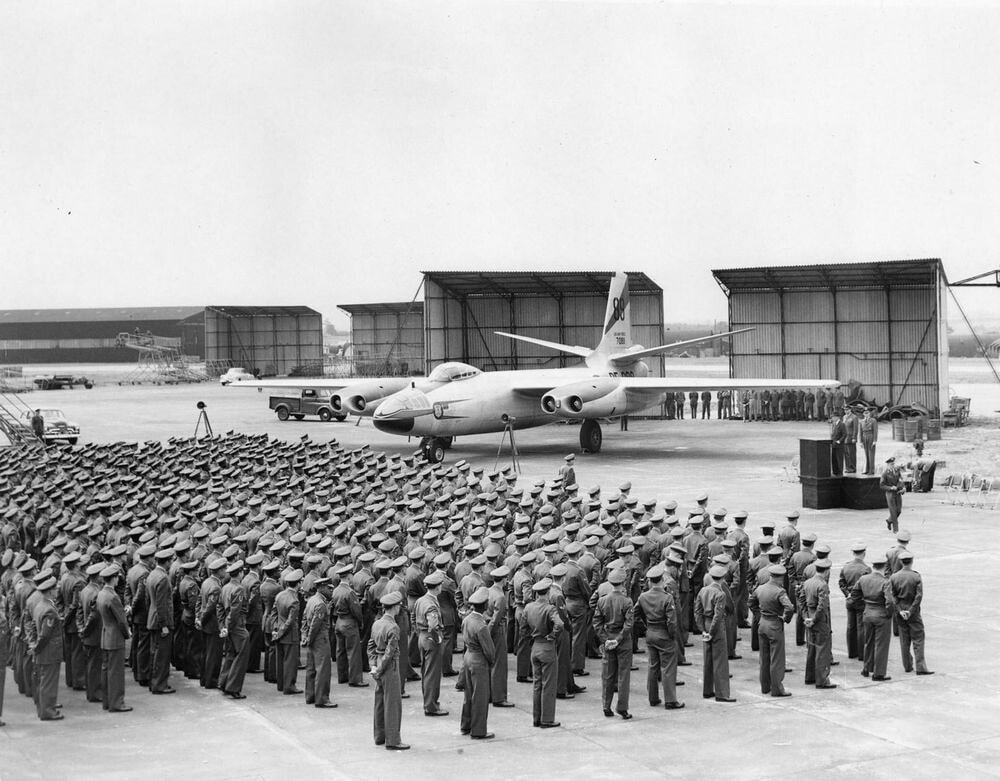
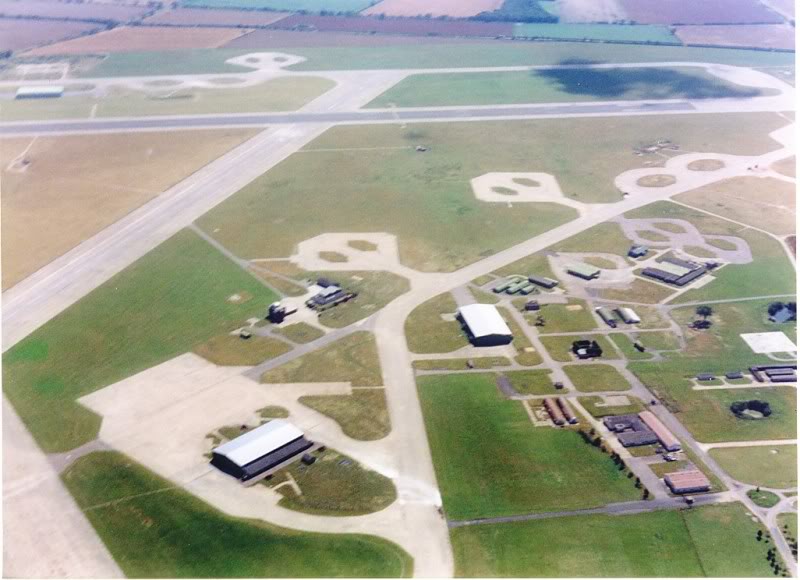
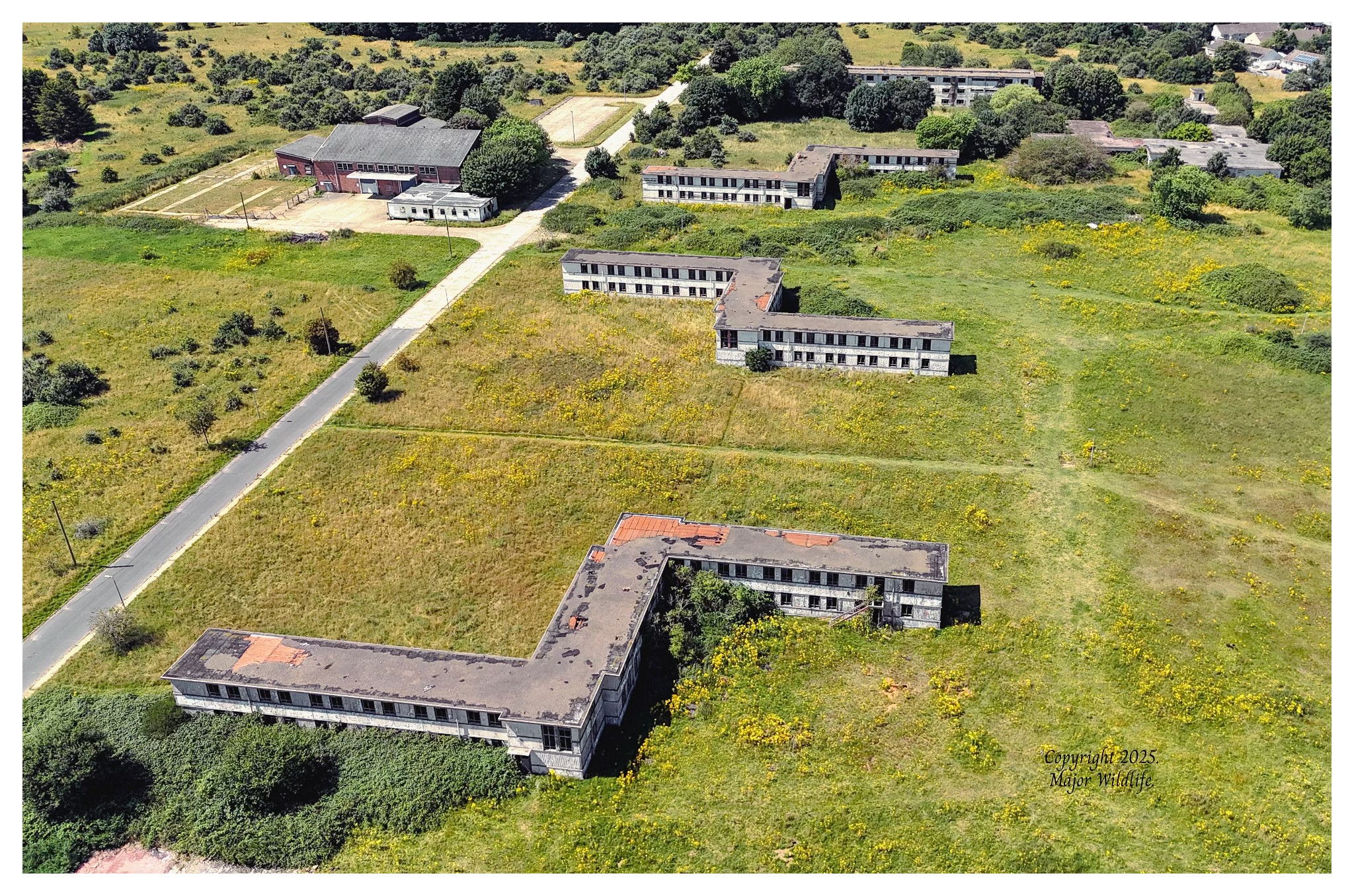
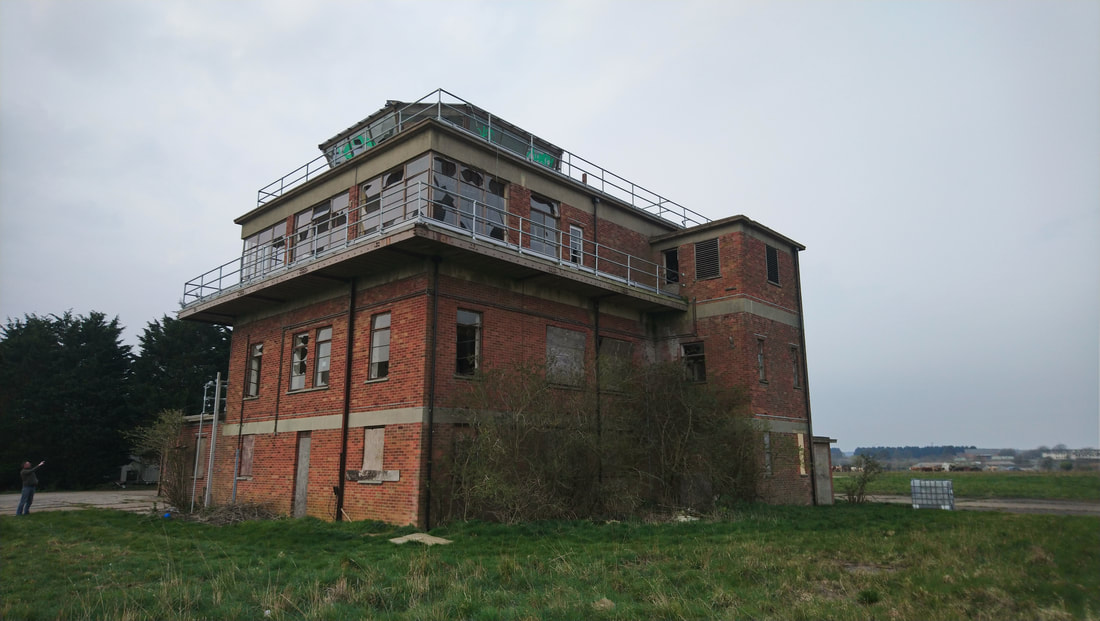
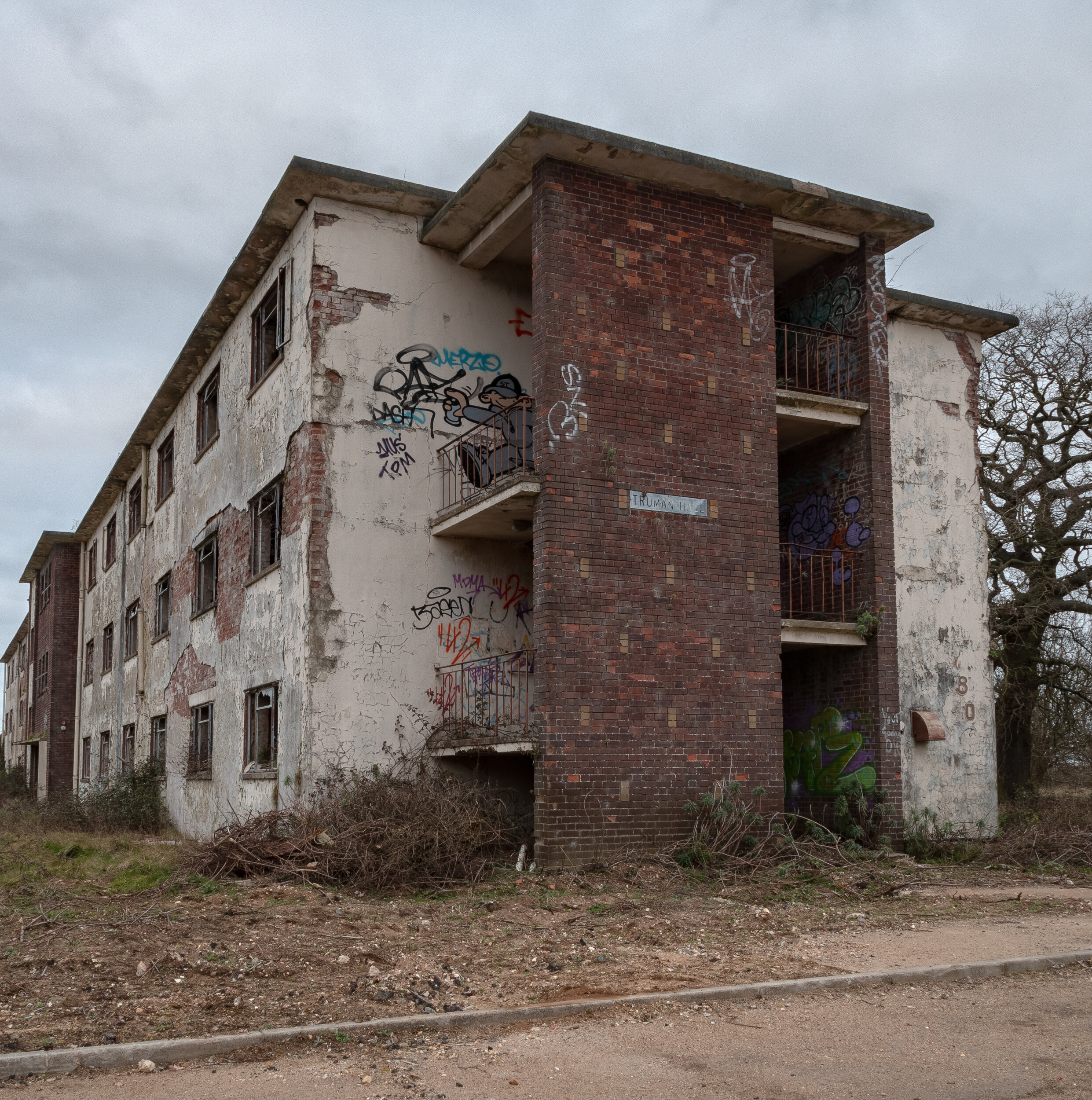

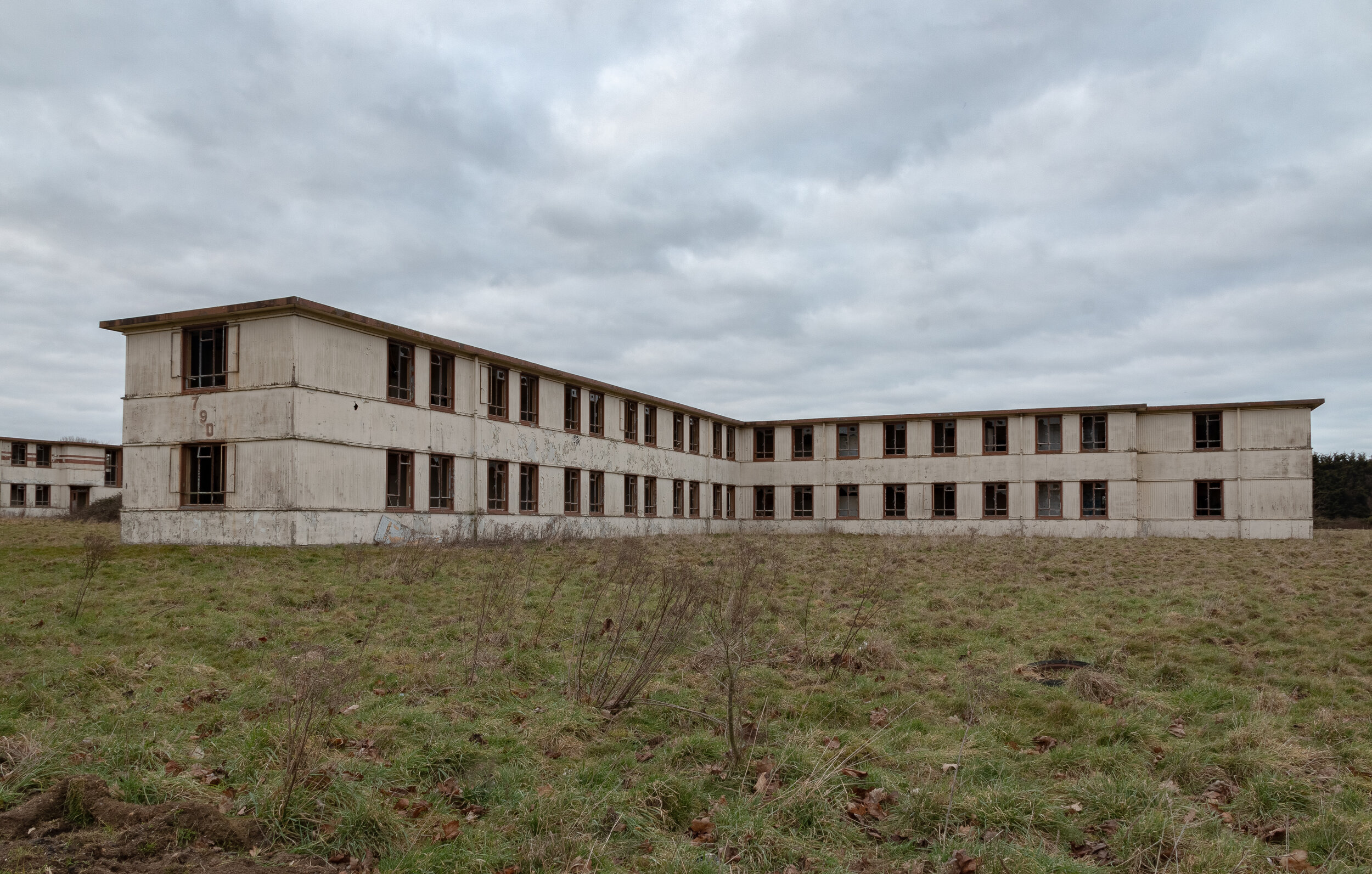
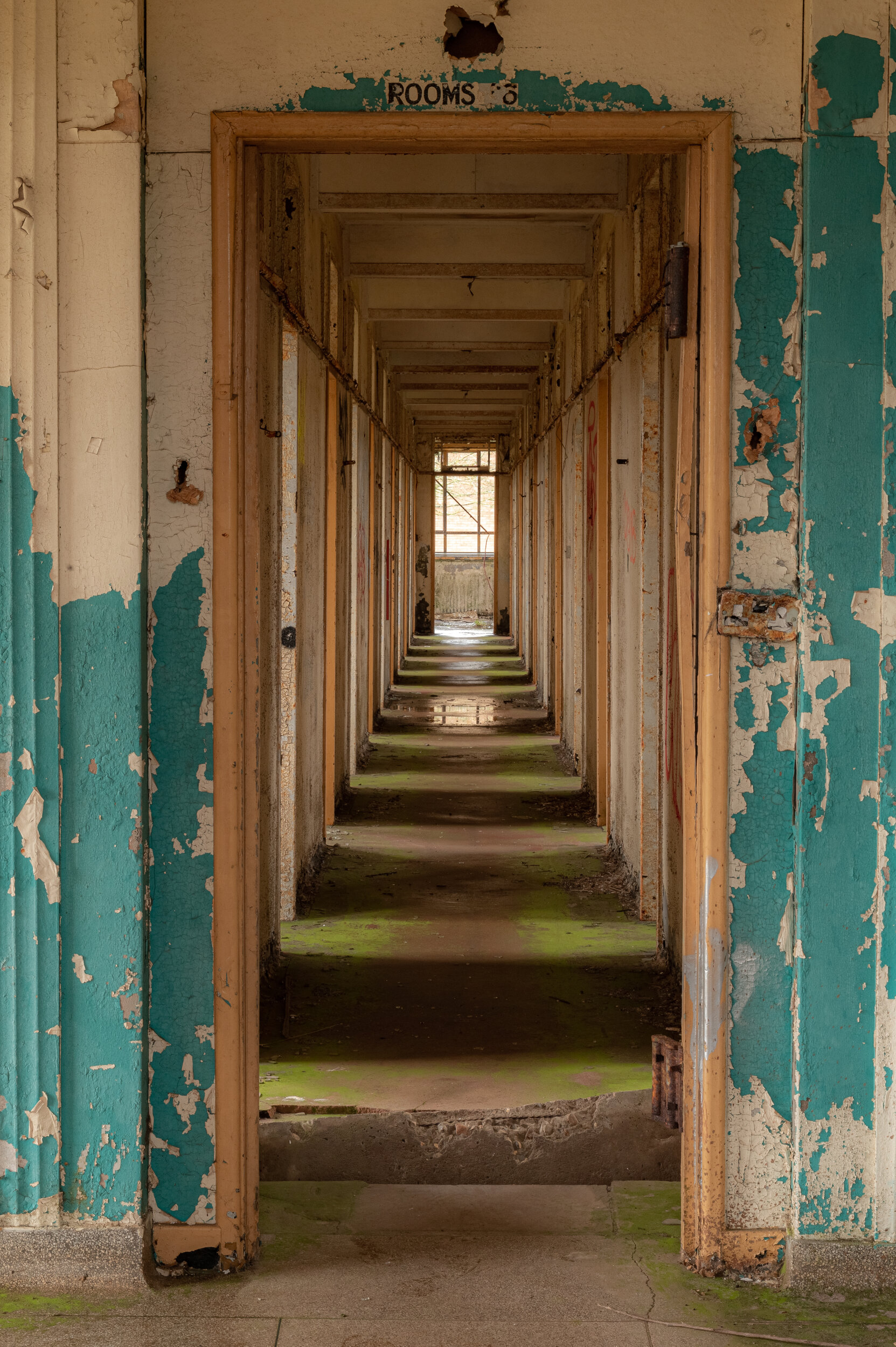
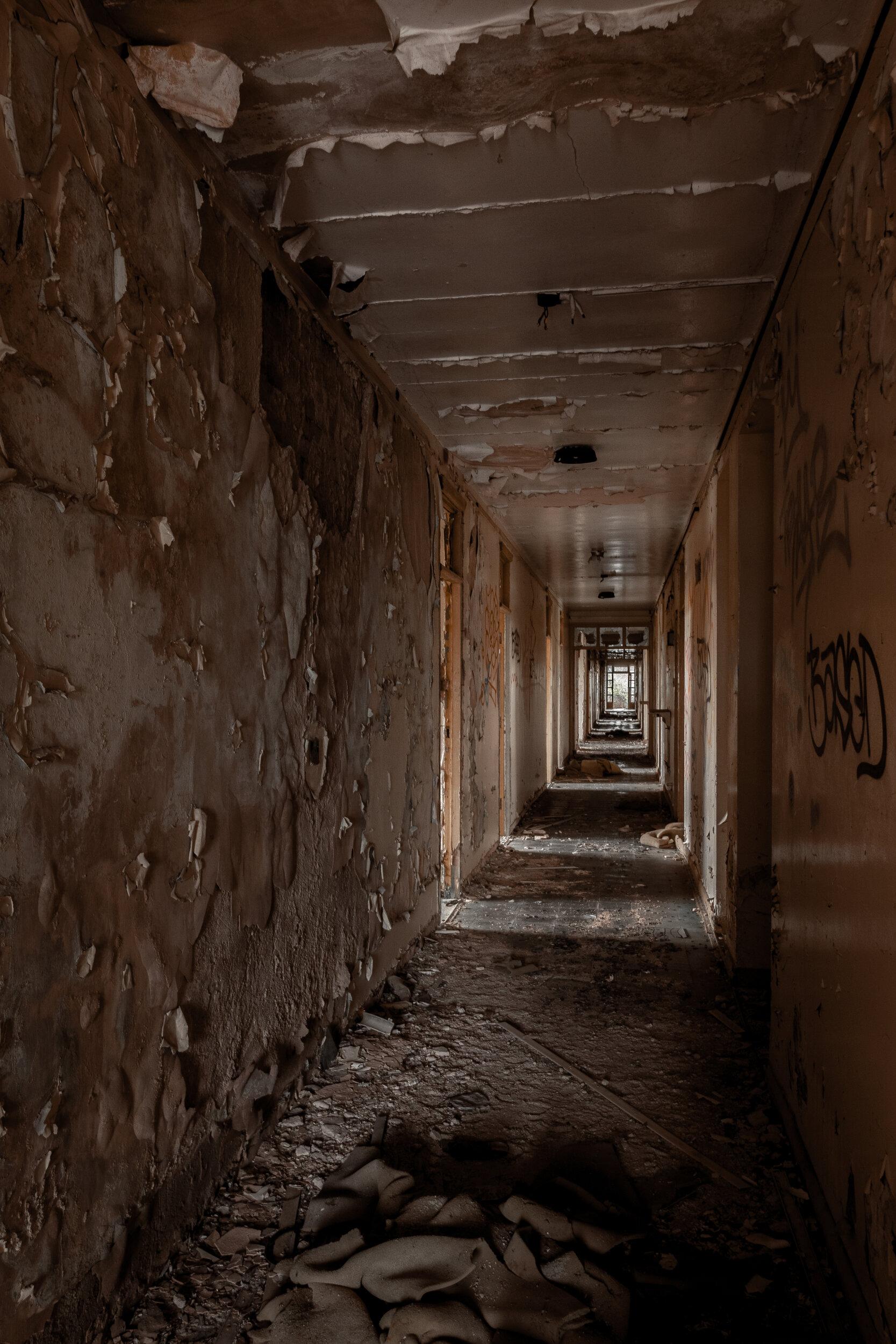
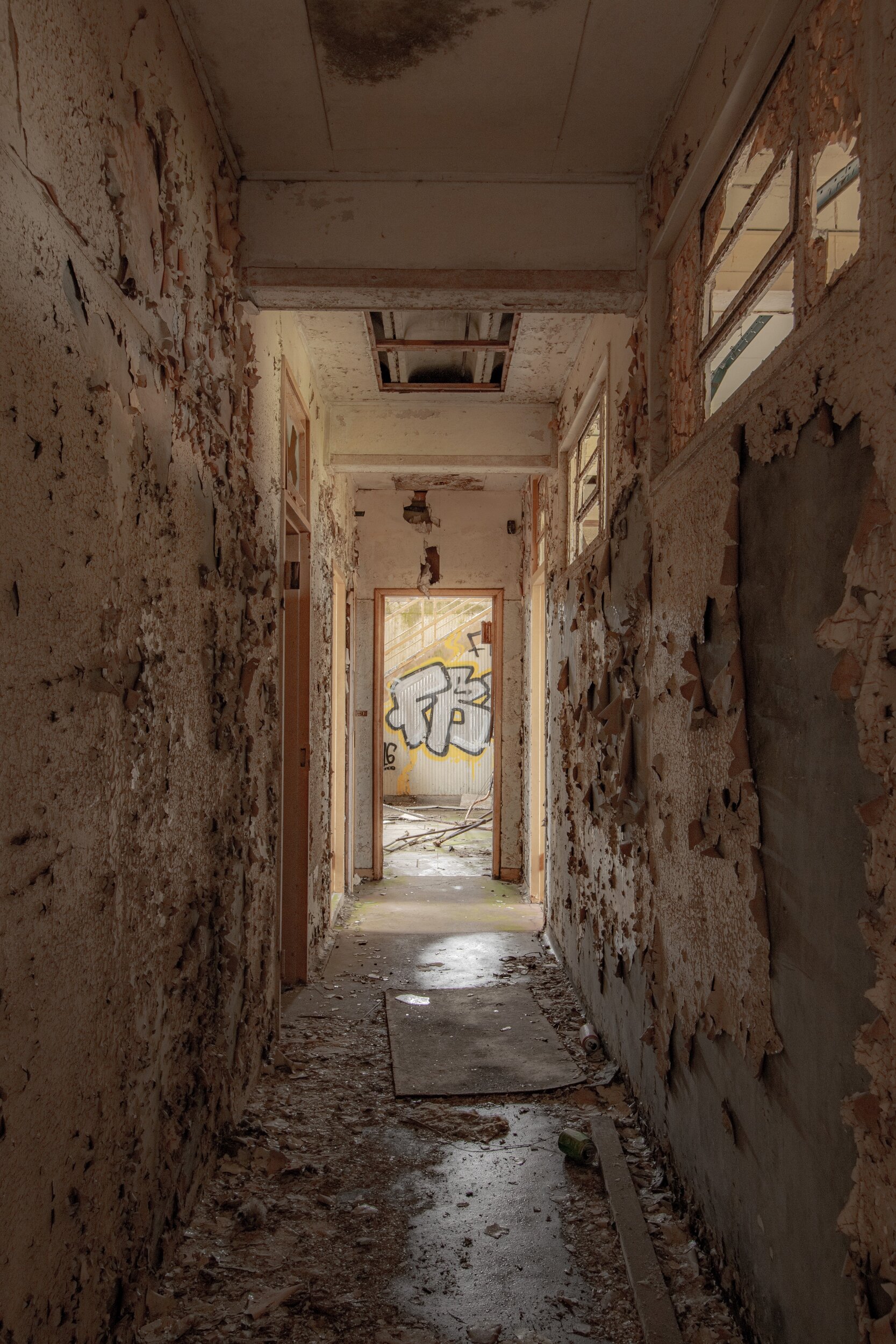
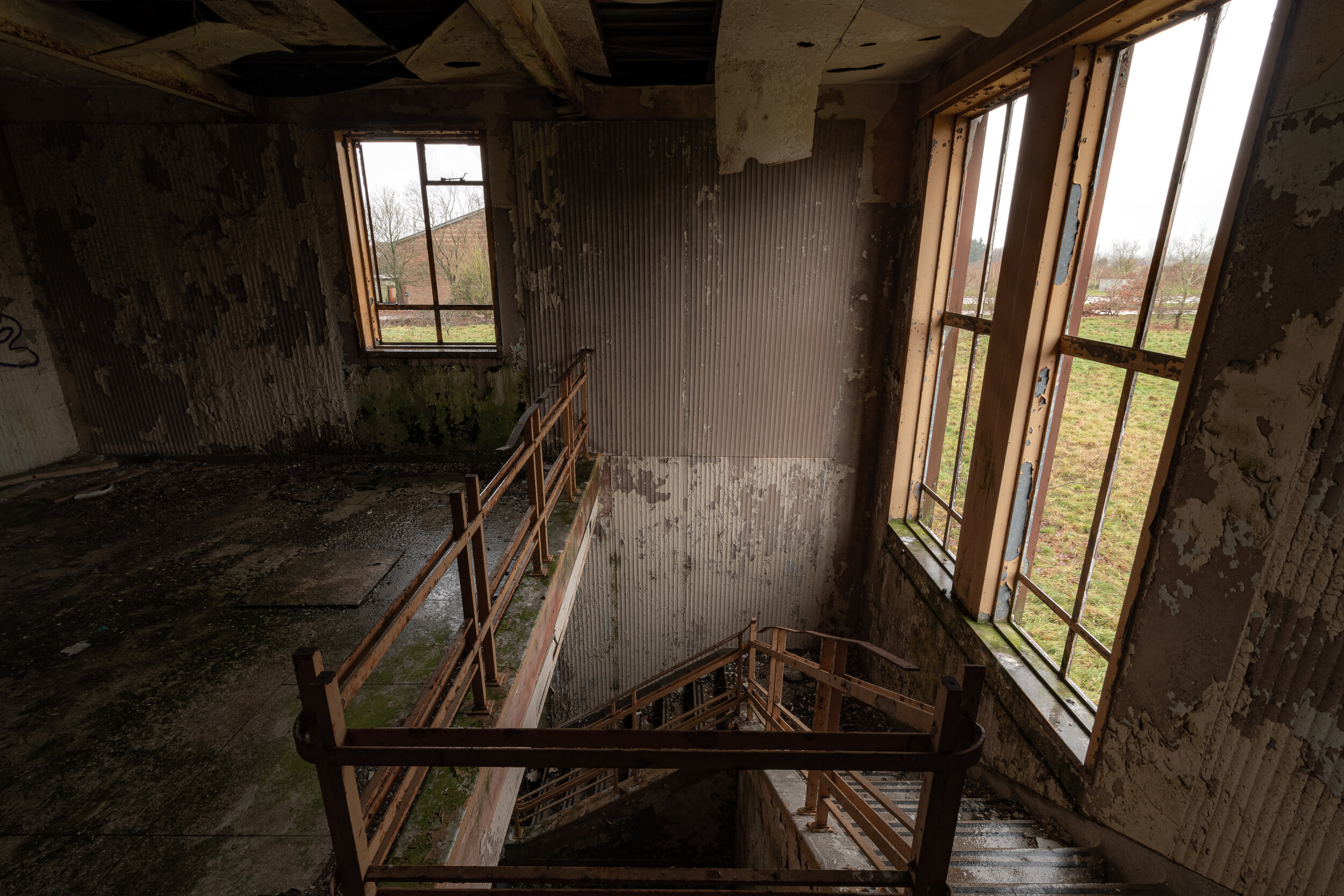

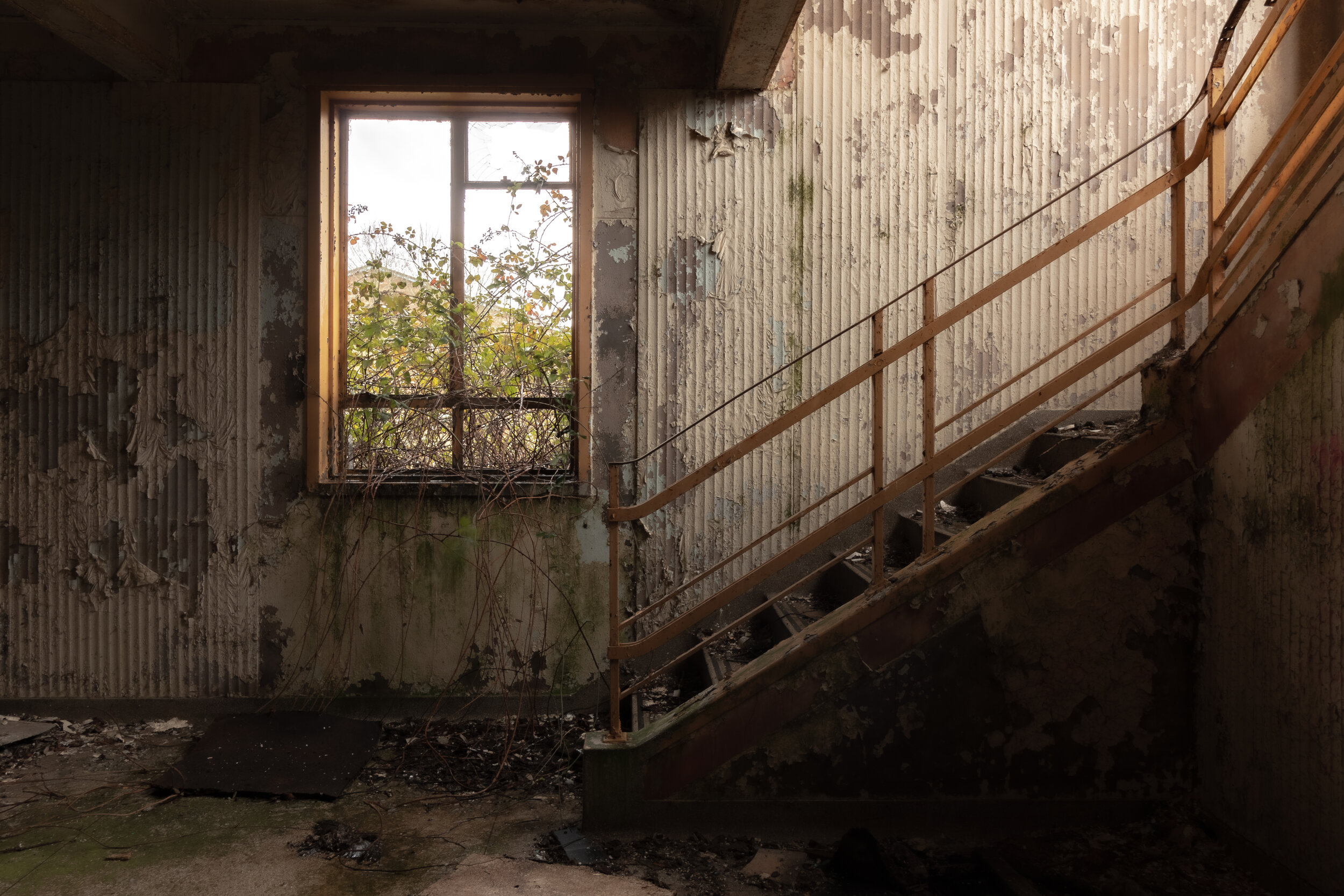
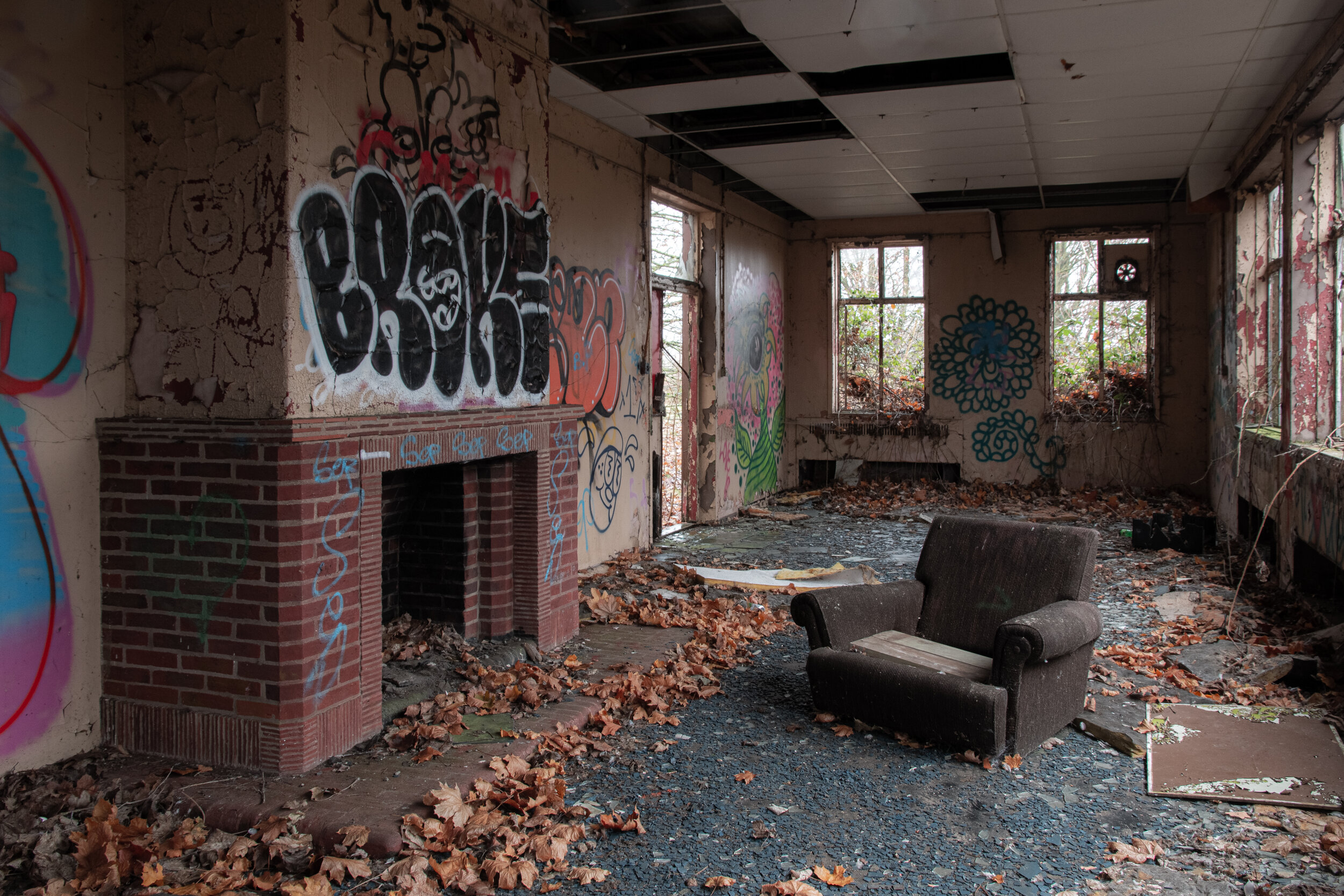
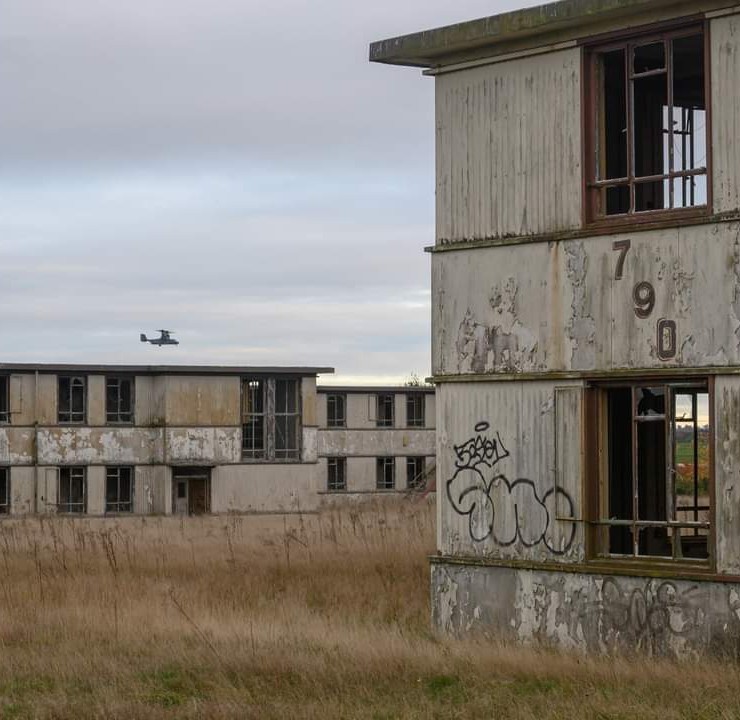






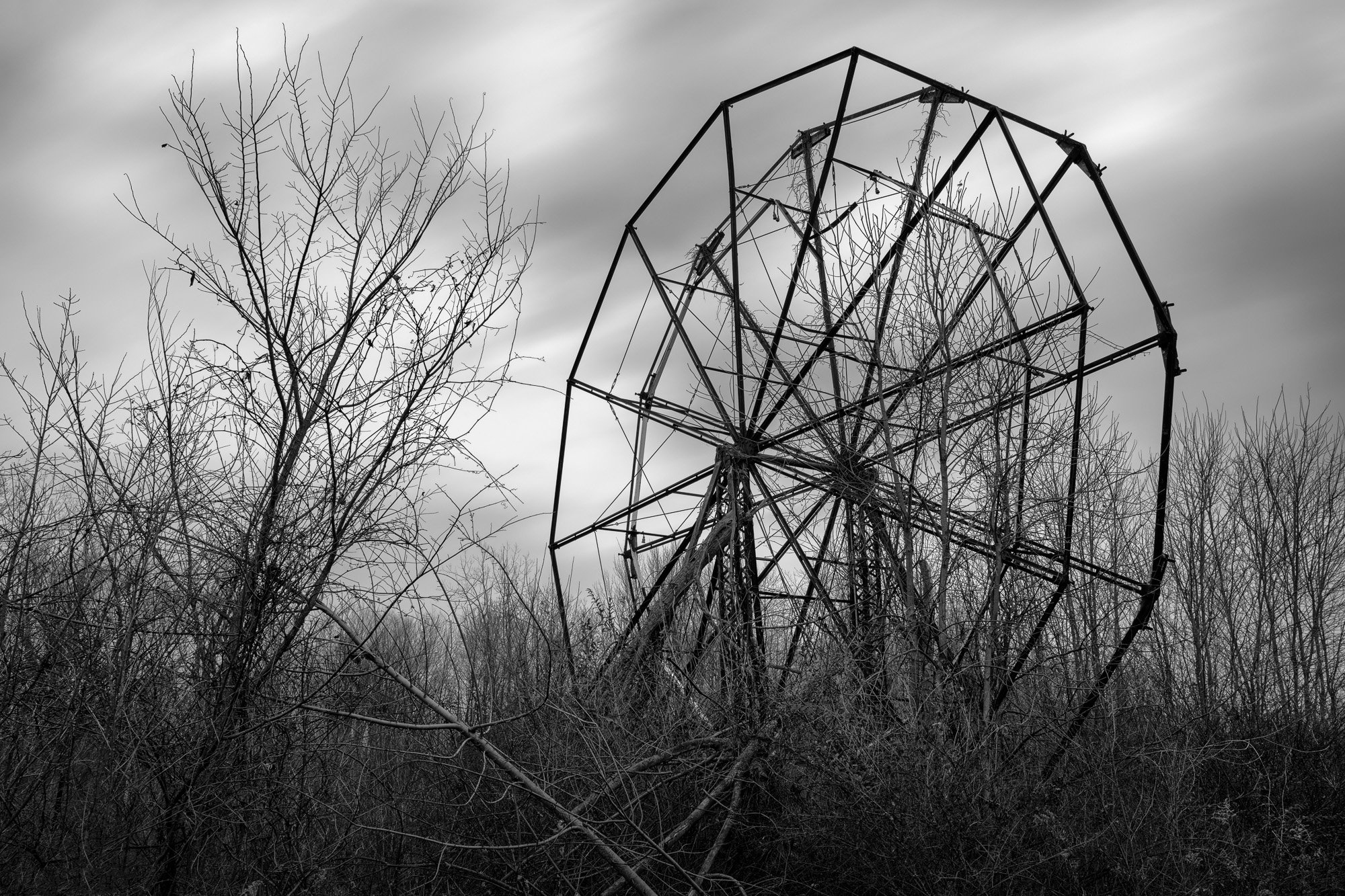

Leave a Comment